Wild Hyacinths, a Windmill and a Wealth of Pretty Places
37 people attending
3 places left
It's tricky trying to schedule walks to coincide with seasonal displays of flowers. Even if we are too early or too late for the famed displays of wild hyacinths (better known as bluebells) that carpet the floor of Slindon Woods, there will be so much else of appeal on this walk that we shouldn't feel cheated. These include: a windmill atop a hill with a superb view at Halnaker; the ruined priory and serene intact chancel (a church in itself) at Boxgrove; an array of handsome flint farmhouses; and the National Trust-owned village of Slindon itself. If the entire walk of 15 miles is too long for you, you could do all the best bits in just 10.5 miles, and then get a handy bus back to the starting point.
The sights:
Slindon: A delightful brick and flint village on the southern slopes of the Downs. Only 70 metres up, but with a glorious view across the Sussex Plain to the sea. It is quite unspoilt, so much so that the National Trust has taken charge of the entire place. St Mary's church is over-restored (1866), but there is a lot of value inside. C11 nave walls and C12 chancel. Mediaeval pews. Monument to Sir Anthony St Leger (d.1539), the only wooden effigy in a Sussex church and very well carved. Several fine houses of all ages all around. Nore Folly is just outside the village. A battlemented arch, built 1814, the attached summerhouse built for shooting luncheons is long gone. Grade II-listed.
Eartham: A tiny, unspoilt village of flint and brick in lovely countryside. Eartham House, which we might glimpse, is by Edwin Lutyens and is from 1905. Not one of his more inspired designs.
Halnaker Windmill: Occupying a splendid hilltop site. Built 1750, then restored in 1934, 1955 and 2012. A squat and sturdy brick tower made elegant by an onion dome. Sweeps intact. There is also the base of a World War II HFDF ('Huff-Duff') High Frequency Directional Finding Station, and further off in the field, an ack-ack gun emplacement.
Halnaker: A pleasant straggle of houses along the Roman Stane Street. Old Halnaker House is C14, now ruined, but New Halnaker House is also by Lutyens, of 1938. Very late and heavy. The grounds of the house were used as a filming location for Doctor Who in 1985 for the story Revelation of the Daleks, standing in for the planet Necros. The Doctor and Peri ran along then climbed over a flint wall which we'll see.
Boxgrove: Contiguous with Halnaker and Tangmere, a small and quiet place considering the size of its church. One pretty main street of the now familiar brick, flint and tile houses. Boxgrove Common Quarry became celebrated in 1993 when the tibia and two teeth of the earliest known member of the genus Homo found in the UK was uncovered. Back in 500,000 BC Homo heidelbergensis was roaming a coastal shoreline that existed at the time, setting up camp and hunting and butchering horse and rhinoceros.
Boxgrove Priory: The church of St Mary and St Blaise is rather French-looking with its steeply pitched roofs and flying buttresses. Surrounded by modest monastic ruins. Before the Dissolution in 1538 the old nave, lying to the west, served as the parish church. The huge great chancel is now the parish church. The rhythm of column and vault in it is most satisfying. The delicate floral patterns were painted in the vault spaces in the mid-C16. Another treasure of the church is the De la Warre Chantry of 1532. An exquisite gothic box that takes its design from a C15 French Book of Hours. The architecture is late gothic, but the decoration is a mix of gothic and classical, even including some putti supporting the family crests. The vault is carved pendants. The church is rich in other works of art, including a reredos by George Gilbert Scott and stained glass in an Arts and Crafts style.
And if you do the full walk, you'll also see:
Aldingbourne: In flat cornfields, unsuburbanised and remote. Thatched cottages and the church of St Mary. This is rather fine, C12, in the Transitional Gothic-Early English style. There are two fonts, Norman and Saxon and some faint C13 wall paintings. The size of the church suggests a bigger parish and indeed it was until the Black Death caused migration from the area which was perceived as unhealthy.
Eastergate: Like Barnham, heavily suburbanized, but we will pass a quiet and attractive corner. The church of St George is C14 and over-restored. Manor Farm is one of the best farmhouses in the area, c1600, unrestored, half H-shaped. At the back, a big half-timber granary on staddlestones.
The bus:
For those not doing the full walk, the Stagecoach No. 500 bus leaves Tangmere every 30 minutes at 23 and 53 minutes past. It takes 15 minutes to get to Barnham Railway Station. A single ticket costs £3 and contactless payment is encouraged.
Dogs:
I love having dogs on my walks and this one is quite suitable for them despite it having considerable lane walking, a few stiles, and some fields with livestock. A dog off the lead must be responsive.
The route (see the shorter linear walk with bus back here; see the full circular walk here):
We'll take the mixed-use path north along Barnham Lane from Barnham to Walberton, then West Walberton Lane to Fontwell. We'll use the subway under the A27 and wander through Slindon Woods. Having reached the village itself we will take Top Road briefly then a footpath west past Nore Folly. The footpath will continue west to get to Eartham. We will then cross further west to reach the A285 and take a footpath southwest then north to Halnaker Mill which is where we will have lunch. We will descend the hill, have a slight detour past Boxgrove Common and then walk along the A285 (along the pavement), to take The Street south to Boxgrove and its priory. Then using a footbridge over the A27, we will skirt round Tangmere, and some of our party can catch the bus back.
The rest of the walk uses East Hampnett Lane heading east, then footpaths heading south to get to Aldingbourne. Church Road then Hook Lane heading southeast will bring us to Westergate, then footpaths heading east will bring us to Eastergate, and apart from a brief spell along Church Lane heading east, we will use footpaths all the way back to Barnham Station.
IMPORTANT! Participation Statement:
You MUST complete a Participation Statement, in addition to booking your event space before attending an OutdoorLads event. You only need to complete this Participation Statement once, not for each event you attend.
(Photo credits: Bluebells in Slindon Woods: Photo © Leonora (Ellie) Enking (cc-by-sa/2.0); all other images taken by the leader on his pre-walk in April 2025. OutdoorLads is welcome to reuse them.)
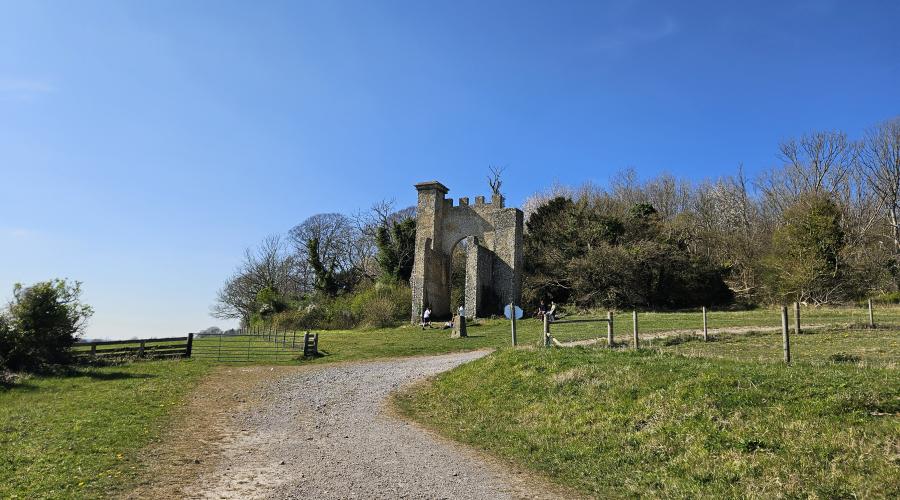
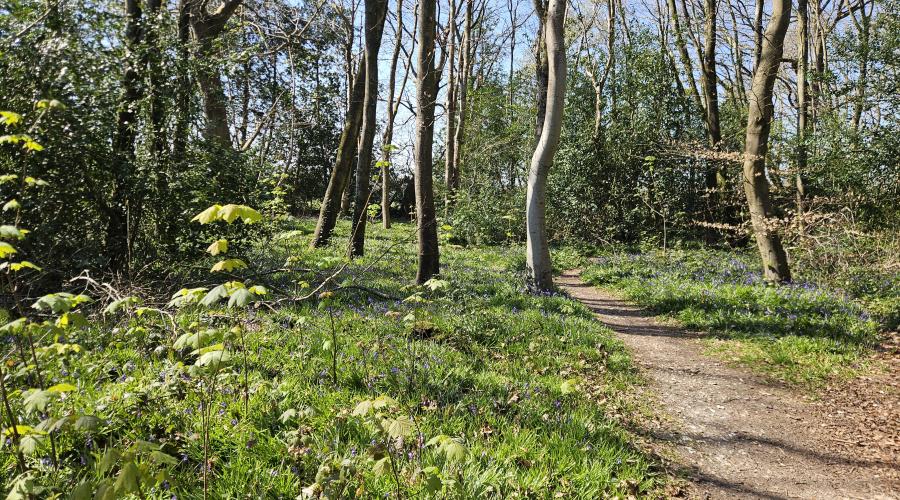
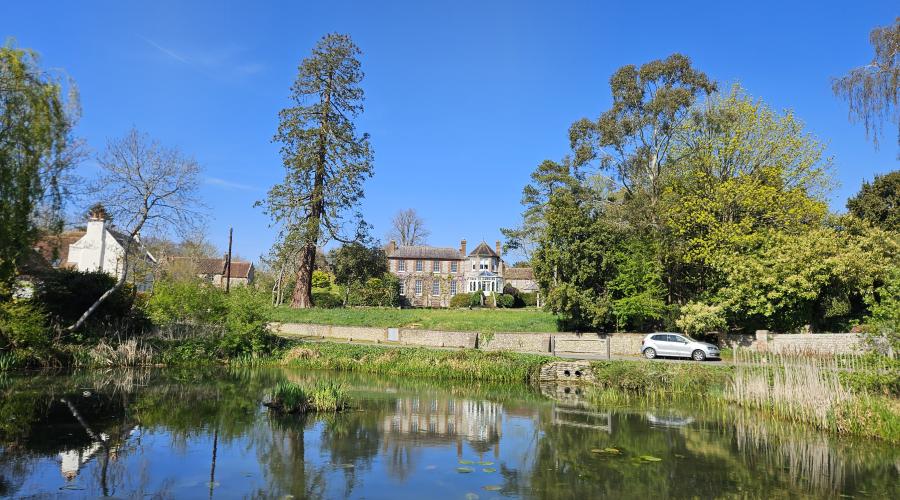
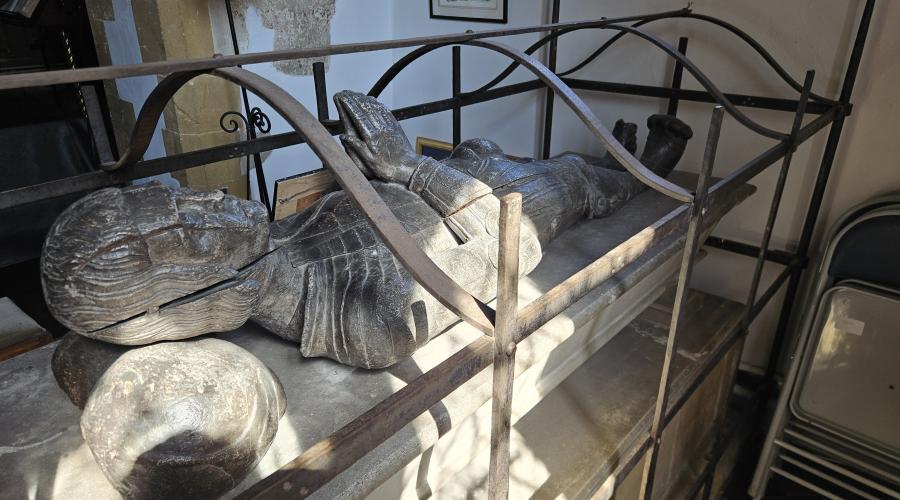
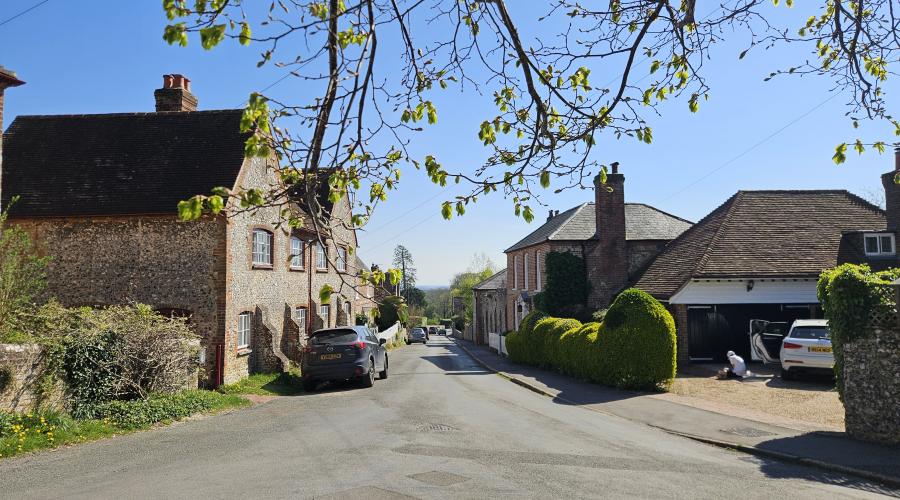
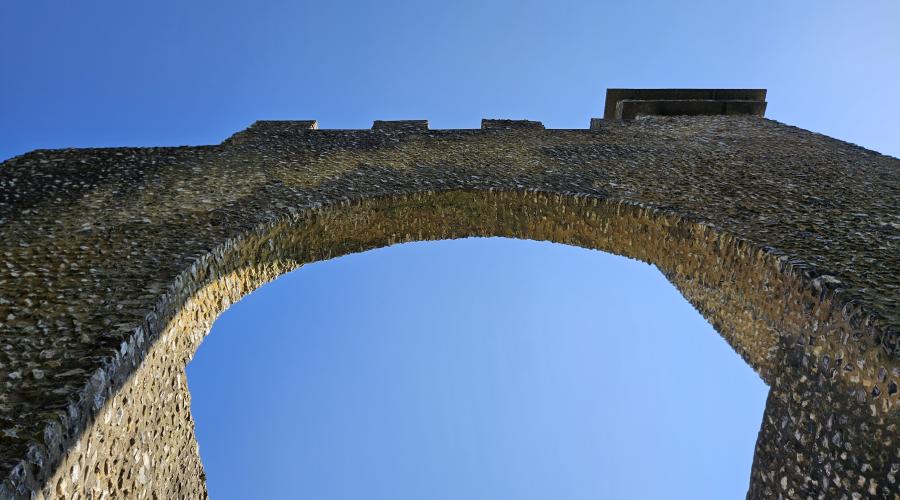
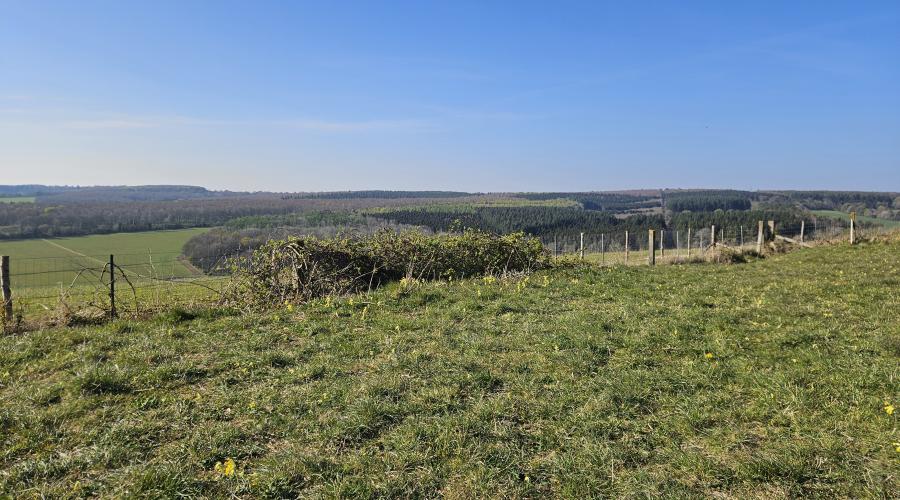
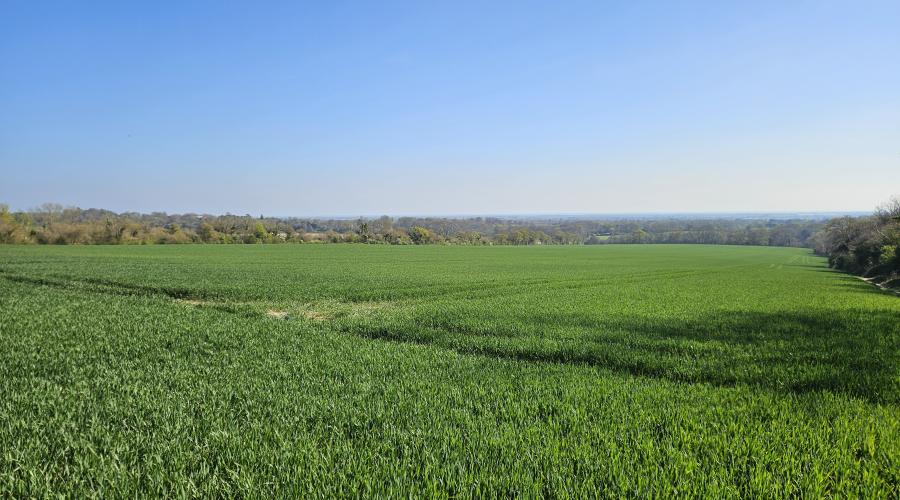
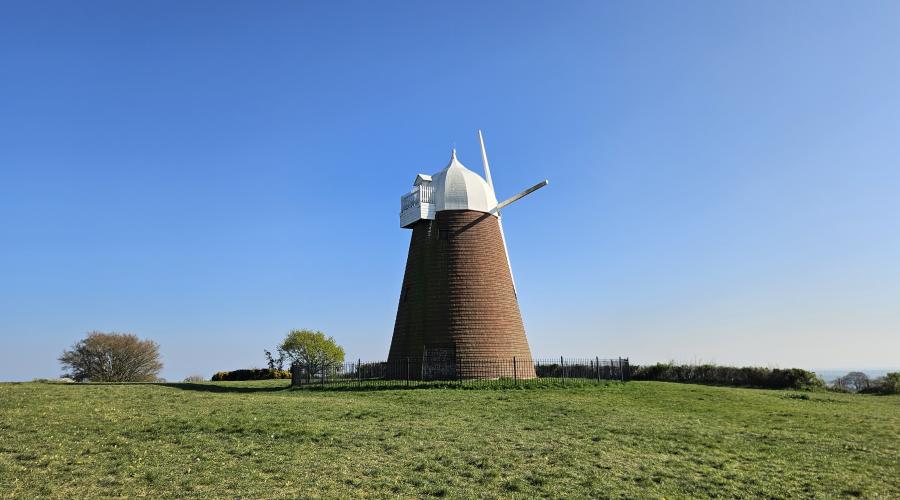
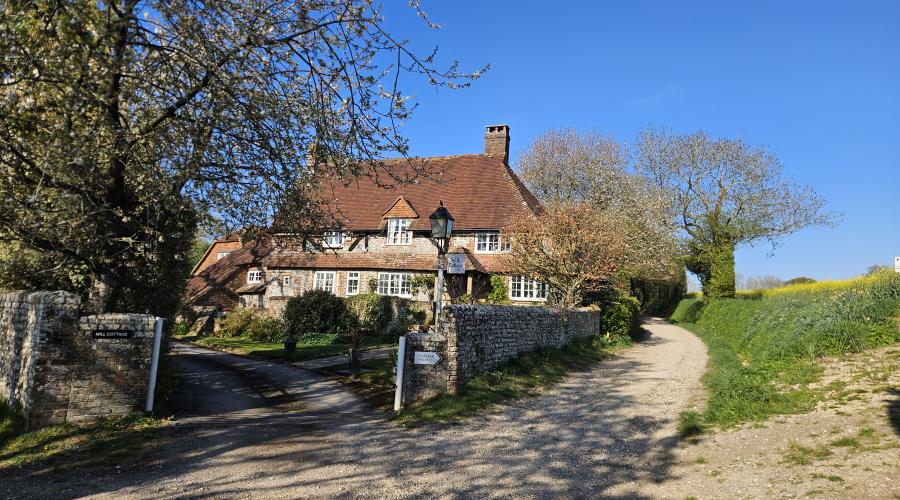
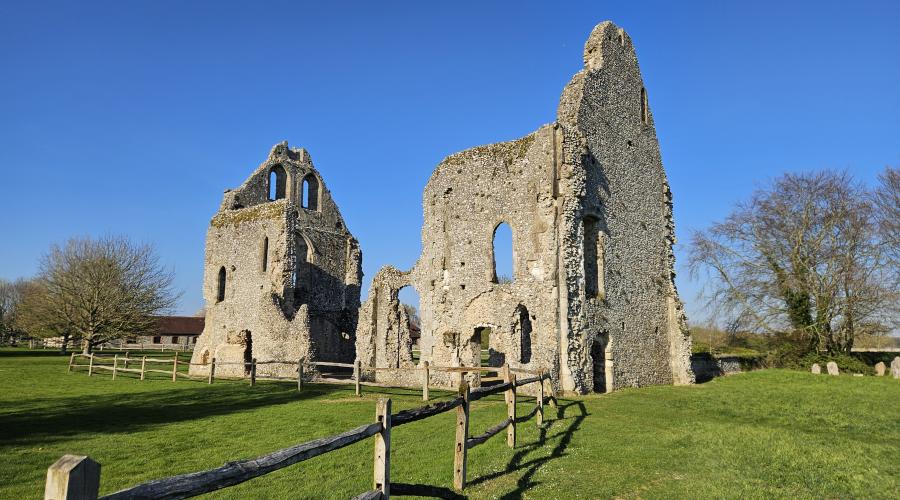
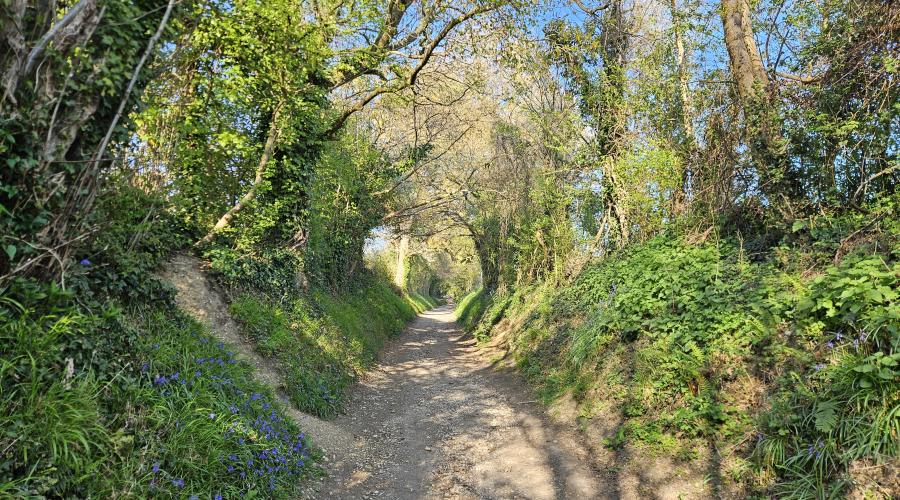
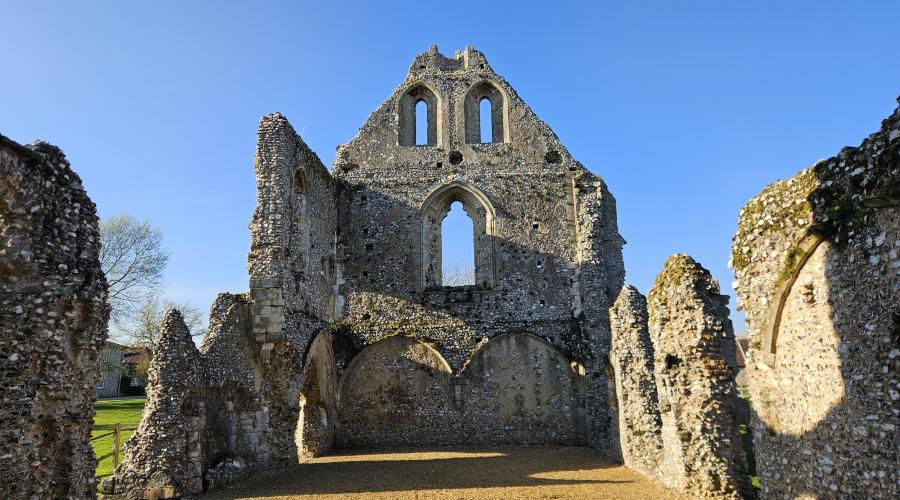
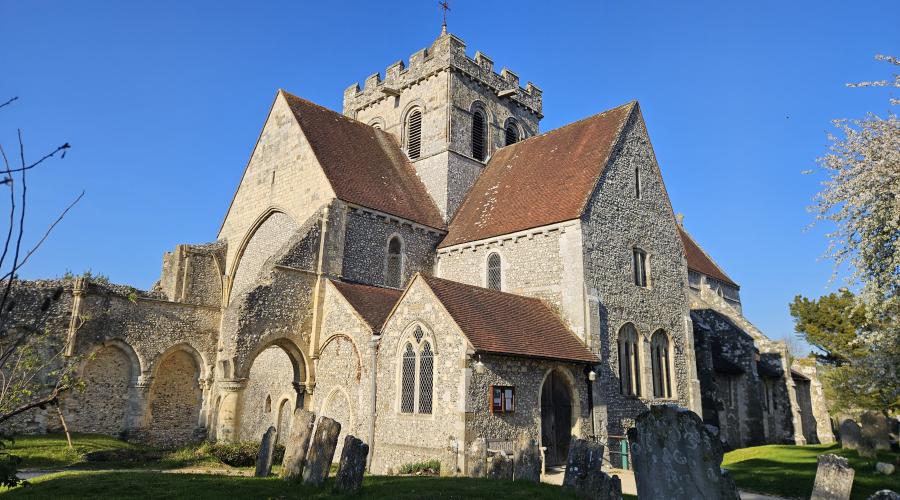
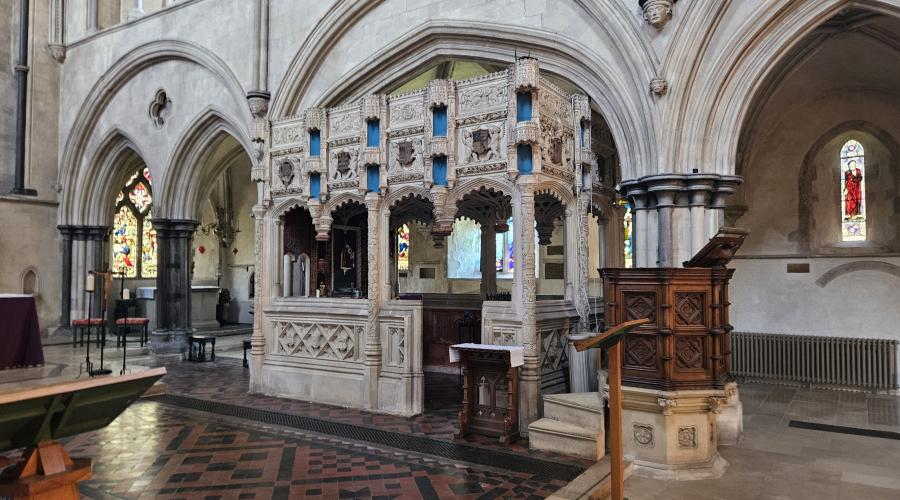

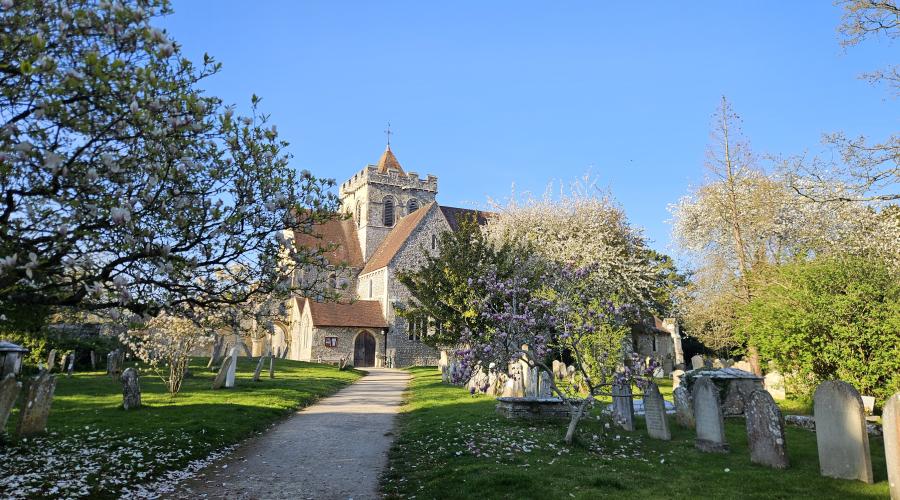
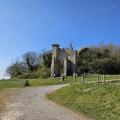


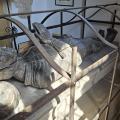
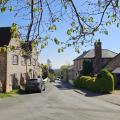
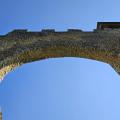
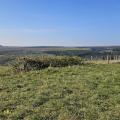
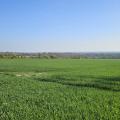

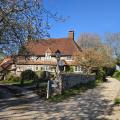
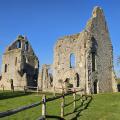
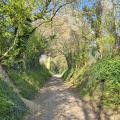
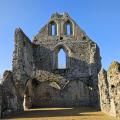
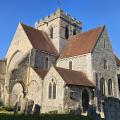
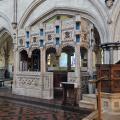

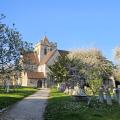
What to bring
Wear clothing appropriate for the season and the weather conditions. Walking boots rather than walking shoes or trainers are probably best because of any mud from the April showers.
Food & drink
Please bring a packed lunch and lots to drink. We will probably have a pub stop after lunch at The Anglesey Arms in Halnaker. There are shops in Barnham (Tesco, Co-Op, independent bakery) to get lunch items in before we go.
The independent bakery ('Baps and Buns') is good value for generously-filled baguettes.